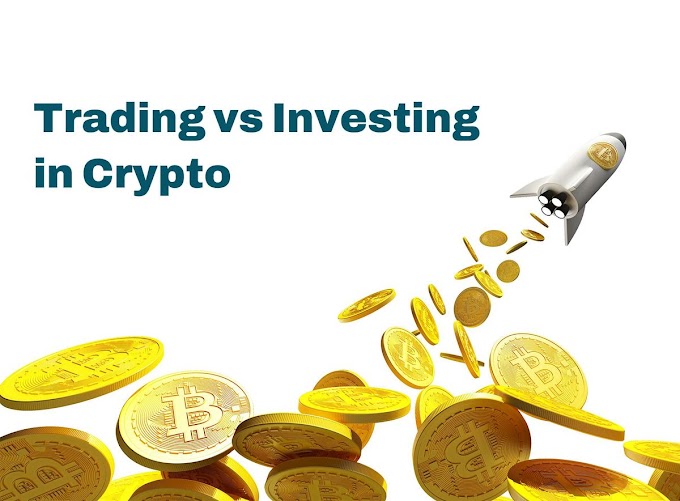What is Leverage in Forex Trading?
Leverage in forex trading is a powerful financial tool that allows traders to control a large position with a relatively small amount of capital. When we use leverage, we borrow funds from a broker to increase the size of our trading position. For example, with a leverage ratio of 1:100, a trader can control a $100,000 position with just $1,000 of their own funds.
The primary benefit of leverage is amplified potential returns, but it also comes with increased risk. If the market moves in your favor, gains are magnified. However, if the market moves against your position, losses are equally intensified.
Defining Margin in Forex Trading
Margin is the minimum amount of capital required to open and maintain a leveraged position. It is not a fee or cost, but rather a portion of the trader’s funds set aside by the broker as a security deposit.
For instance, if a broker requires a 1% margin on a trade worth $100,000, the trader needs to deposit $1,000. This $1,000 is the margin requirement, and it ensures that the trader can cover potential losses.
Key Margin Terms You Must Know:
-
Initial Margin: The amount required to open a position.
-
Maintenance Margin: The minimum amount needed to keep a position open.
-
Margin Call: A notification from your broker that your account balance has fallen below the maintenance margin. Immediate action is needed to avoid liquidation.
-
Stop-Out Level: The level at which the broker will start closing positions automatically due to insufficient funds.
How Leverage and Margin Work Together
Leverage and margin are interconnected concepts. Leverage increases your buying power, while margin represents the collateral required for that power. Here’s how they relate:
-
A leverage ratio of 1:100 equals a 1% margin requirement.
-
A leverage ratio of 1:50 equals a 2% margin requirement.
-
A leverage ratio of 1:200 equals a 0.5% margin requirement.
Example:
You want to trade one standard lot (100,000 units) of EUR/USD. If your broker offers 1:100 leverage:
-
Required Margin = 100,000 x 1% = $1,000
-
You control $100,000 in the market with just $1,000
This combination allows traders to enter large trades with small capital, but mismanagement can lead to rapid losses and even a margin call.
Calculating Margin and Leverage in Forex
Understanding the math behind margin and leverage is essential.
Margin Calculation Formula:
Margin = (Trade Size / Leverage) x Exchange Rate
Example Calculation:
-
Trade Size: 100,000 EUR/USD
-
Leverage: 1:100
-
Exchange Rate: 1.1000
Margin = (100,000 / 100) x 1.1000 = $1,100
Leverage Calculation Formula:
Leverage = Trade Size / Margin Used
If you used $1,000 margin to control a $100,000 trade:
Leverage = 100,000 / 1,000 = 1:100
Advantages of Using Leverage in Forex
-
Higher Market Exposure: Allows traders to access bigger positions.
-
Increased Profit Potential: Profits are amplified with minimal capital.
-
Efficient Capital Use: Frees up funds for other investments or trades.
Risks of High Leverage
Despite its benefits, high leverage poses serious risks:
-
Magnified Losses: Just as profits grow, losses can escalate.
-
Margin Calls: A small unfavorable movement in price can lead to margin calls.
-
Account Liquidation: If your equity falls below a certain threshold, your broker may close your positions automatically.
Risk management is vital when using leverage. Always use stop-loss orders and trade with capital you can afford to lose.
Choosing the Right Leverage
The right leverage depends on:
-
Trading Experience
-
Risk Tolerance
-
Account Size
-
Trading Strategy
Beginner traders should start with low leverage (e.g., 1:10 or 1:20) until they are confident in their strategies. Professional traders may use higher leverage but always combine it with strict risk management protocols.
Margin Level and Free Margin Explained
Margin Level:
Margin Level (%) = (Equity / Used Margin) x 100
It shows the health of your trading account. A margin level below 100% could mean your positions are in danger.
Free Margin:
Free Margin = Equity - Used Margin
This is the amount available to open new trades. If it drops to zero, you can’t open any new positions.
Tips for Managing Leverage and Margin Wisely
-
Set Realistic Trade Sizes: Don’t use all your margin on one trade.
-
Use Stop-Loss Orders: Protect your capital from market volatility.
-
Monitor Margin Level: Keep your margin level above 100% to avoid stop-outs.
-
Avoid Overtrading: More trades mean more exposure and risk.
-
Educate Yourself: Understand how economic events affect your trades.
Conclusion
Leverage and margin are double-edged swords in forex trading. When used wisely, they can amplify gains and maximize capital efficiency. However, without proper risk management, they can lead to rapid and devastating losses. As traders, we must strike a balance—leveraging opportunities while respecting the inherent risks of the market. Always trade with a clear plan, discipline, and a full understanding of how leverage and margin impact every decision you make.
If you want to read more information about how to boost traffic on your Website just visit --> The Insider's Views.









.jpeg)


.jpeg)
.jpeg)

